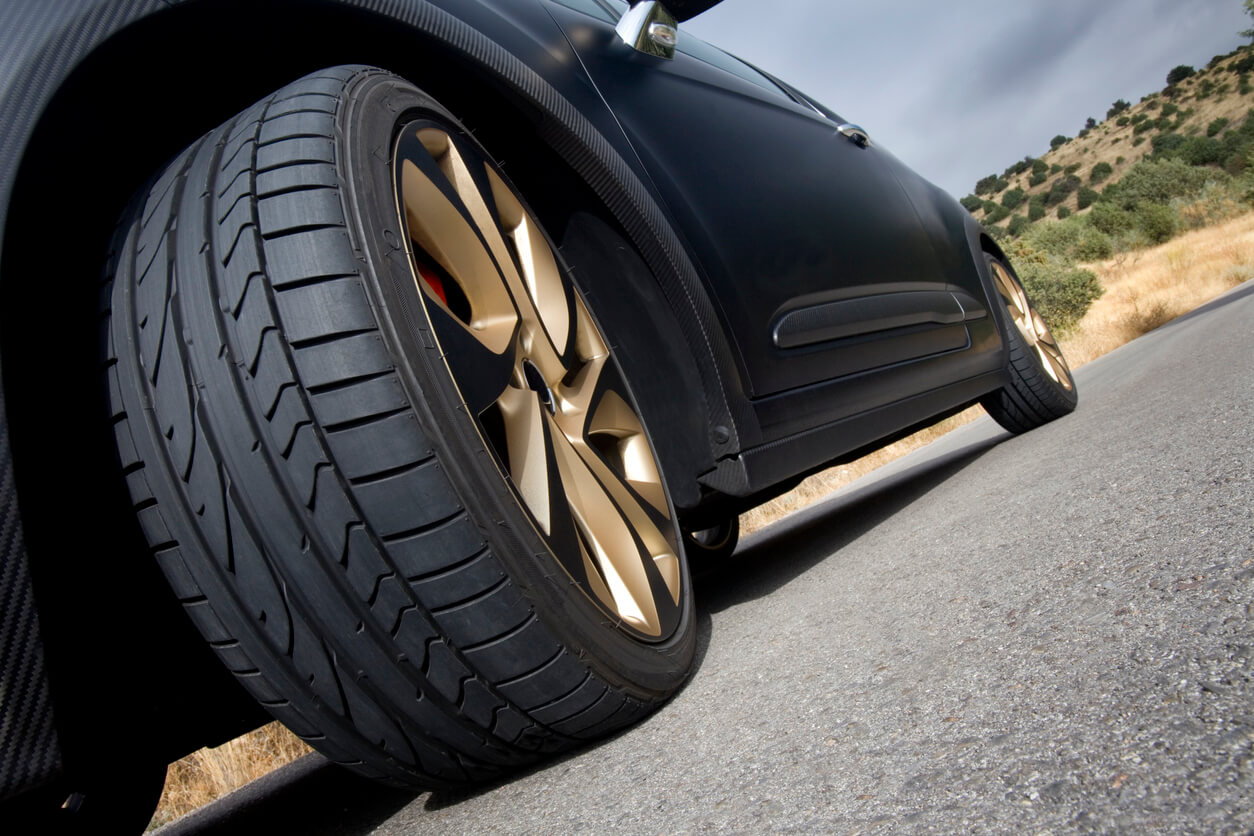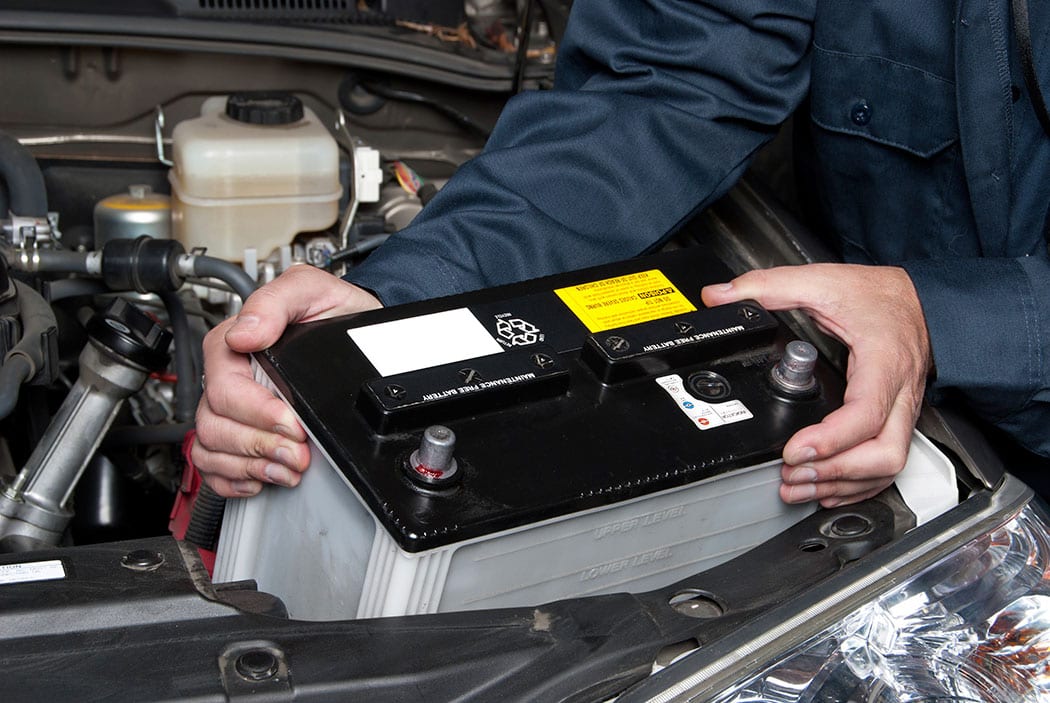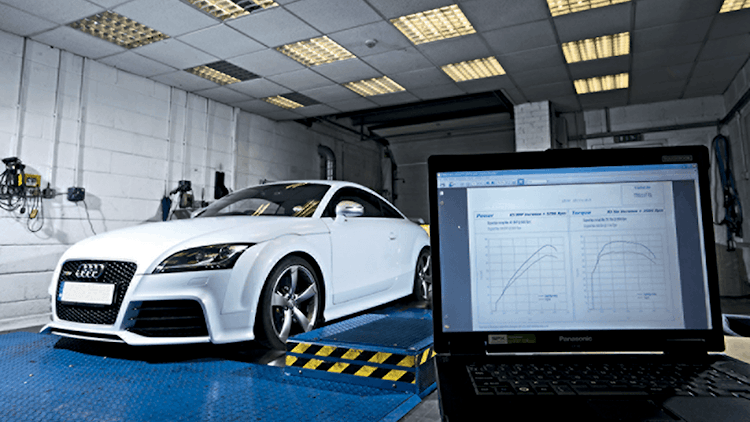Table of Contents
Toggle1. What Are High-Performance Tires?
High-performance tires, often referred to as “performance tires,” are a type of tire designed to deliver superior handling, cornering, and traction compared to standard tires. These tires are specifically engineered for vehicles that require enhanced performance, such as sports cars, luxury vehicles, and high-performance sedans. They are designed to perform optimally in dry and wet conditions, offering improved road contact and stability during aggressive driving maneuvers.
High-performance tires often come with a focus on:
- Better grip on the road
- Improved cornering stability
- Enhanced braking performance
- Faster response times
- Increased durability under high-speed conditions
2. Key Features of High-Performance Tires
High-performance tires are characterized by several distinct features that set them apart from regular tires:
a. Tread Design
The tread design on high-performance tires is optimized for improved traction and handling. The tread pattern is typically designed with larger, more aggressive grooves that provide better contact with the road, offering superior grip during cornering, acceleration, and braking.
- Wide Treads: takara-fune.net/ often have wider treads that provide a larger contact patch, resulting in enhanced grip and improved handling at higher speeds.
- Shallow Grooves: The tread grooves are often shallower to maximize surface contact, providing improved traction. This is particularly beneficial in dry conditions.
b. Rubber Composition
The rubber used in high-performance tires is specially formulated to provide better road contact and heat resistance. These tires are often made from softer compounds compared to standard tires, allowing them to better grip the road. However, while this offers increased performance, it also tends to result in slightly reduced tread life.
- Softer Compounds: Softer rubber provides better grip and traction but wears faster, making these tires less ideal for longevity compared to all-season or touring tires.
- Heat Resistance: High-performance tires are designed to resist heat buildup, ensuring stable performance even during high-speed driving.
c. Sidewall Stiffness
The sidewalls of high-performance tires are typically stiffer compared to regular tires. This stiffness improves responsiveness and helps the tire maintain its shape and integrity during aggressive cornering, offering better steering precision and stability.
- Low Profile Design: Many high-performance tires have a low-profile design, with shorter sidewalls. This enhances handling by reducing tire flex and providing a more direct feel when turning the wheel.
d. Speed Rating
High-performance tires often have higher speed ratings than regular tires. Speed ratings are used to indicate the maximum speed a tire can safely handle. High-performance tires typically come with speed ratings of V (149 mph), W (168 mph), or even Y (186 mph) or higher, depending on the tire’s design.
3. Types of High-Performance Tires
There are different categories of high-performance tires, each designed to meet specific driving needs. These categories include:
a. Summer Performance Tires
Summer performance tires are designed for optimal dry and wet conditions but are not suitable for cold weather or snowy conditions. They are made with softer rubber compounds that enhance grip in warmer temperatures, offering superior traction and handling in dry conditions. However, they can lose performance in freezing temperatures and offer minimal traction on snow or ice.
- Best for: Sports cars, performance vehicles, and driving in temperate climates with warm seasons.
b. All-Season Performance Tires
All-season performance tires are designed to offer a balanced performance across different weather conditions, including light snow. While they may not offer the same extreme handling capabilities as summer tires, they provide a versatile solution for drivers who experience mild weather throughout the year.
- Best for: Drivers who want year-round performance without switching tires for different seasons.
c. Ultra-High-Performance (UHP) Tires
Ultra-high-performance tires are an upgraded version of high-performance tires. They offer extreme handling, braking performance, and traction, making them suitable for sports cars, performance sedans, and high-powered vehicles. These tires often combine features of both summer and racing tires to offer the best performance under various conditions.
- Best for: Track days, sports cars, and performance vehicles that require maximum speed, braking, and cornering capabilities.
d. Track or Racing Tires
Track and racing tires are specialized high-performance tires designed for extreme conditions on race tracks. These tires provide optimal grip, cornering, and stability during high-speed racing, with a focus on maximum performance rather than durability.
- Best for: Professional race cars or enthusiast vehicles used on the track.
4. Benefits of High-Performance Tires
High-performance tires offer a range of benefits, particularly for drivers who prioritize speed, handling, and safety. Here are the top advantages:
a. Improved Handling and Cornering
The primary benefit of high-performance tires is improved handling. With their stiffer sidewalls, better grip, and responsive tread design, these tires provide greater control, especially when cornering at high speeds. This makes them ideal for sports cars and performance vehicles.
b. Faster Acceleration and Braking
High-performance tires provide better grip during acceleration and braking. Whether you’re racing on a track or simply driving on the highway, these tires help shorten braking distances, improving safety and performance. Their enhanced traction allows for faster acceleration without losing control.
c. Better Wet and Dry Traction
While they perform best in dry conditions, high-performance tires also excel in wet conditions. Their specialized tread patterns and rubber compounds ensure better water dispersion, reducing the risk of hydroplaning and improving stability in rainy weather.
d. Enhanced Driving Experience
For driving enthusiasts, high-performance tires significantly improve the overall driving experience. They offer superior feedback, greater responsiveness, and a smoother ride, especially during aggressive driving maneuvers. These tires make your car feel more connected to the road, enhancing the driving thrill.
5. Drawbacks of High-Performance Tires
While high-performance tires offer many benefits, they also come with some disadvantages:
a. Reduced Tread Life
Because of the softer rubber compounds used in high-performance tires, they tend to wear out faster than standard tires. Drivers can expect a shorter lifespan and may need to replace them more frequently.
b. Cost
High-performance tires are generally more expensive than standard tires due to their advanced materials, design, and manufacturing processes. The cost can be a significant factor for some buyers, especially if they are using them as replacements for regular tires on standard vehicles.
c. Less Comfort
The stiff sidewalls and low-profile designs of high-performance tires can lead to a less comfortable ride, especially on rough or uneven roads. These tires prioritize performance over comfort, so drivers may experience a harsher ride compared to all-season tires.
d. Not Ideal for Winter Driving
Most high-performance tires, particularly summer performance tires, are not suitable for winter conditions. They offer poor traction on snow and ice, which can be a major safety concern for drivers in colder climates.
6. When to Choose High-Performance Tires
High-performance tires are ideal for drivers who prioritize handling, cornering, and high-speed performance. They are especially beneficial for:
- Sports car owners: If you drive a sports car or a performance vehicle, high-performance tires are essential for maximizing handling and grip.
- Track enthusiasts: For those who frequently track their vehicles, ultra-high-performance tires provide optimal grip and performance on the track.
- Driving in warmer climates: Summer performance tires are perfect for areas with hot, dry conditions.
However, if you live in a region with harsh winters or primarily use your vehicle for everyday commuting, high-performance tires may not be the best choice. In those cases, all-season or winter tires may offer a more balanced and practical solution.
7. Conclusion
High-performance tires are a crucial investment for anyone looking to enhance their vehicle’s handling, speed, and safety. While they come with a higher cost and reduced longevity, their ability to deliver superior grip, faster acceleration, and improved cornering makes them a must-have for driving enthusiasts and those seeking a more engaging driving experience.
When choosing high-performance tires, it’s important to select the right type based on your specific needs, climate, and driving style. With the right tire choice, you can maximize your vehicle’s capabilities and enjoy a smoother, safer, and more exciting ride.






